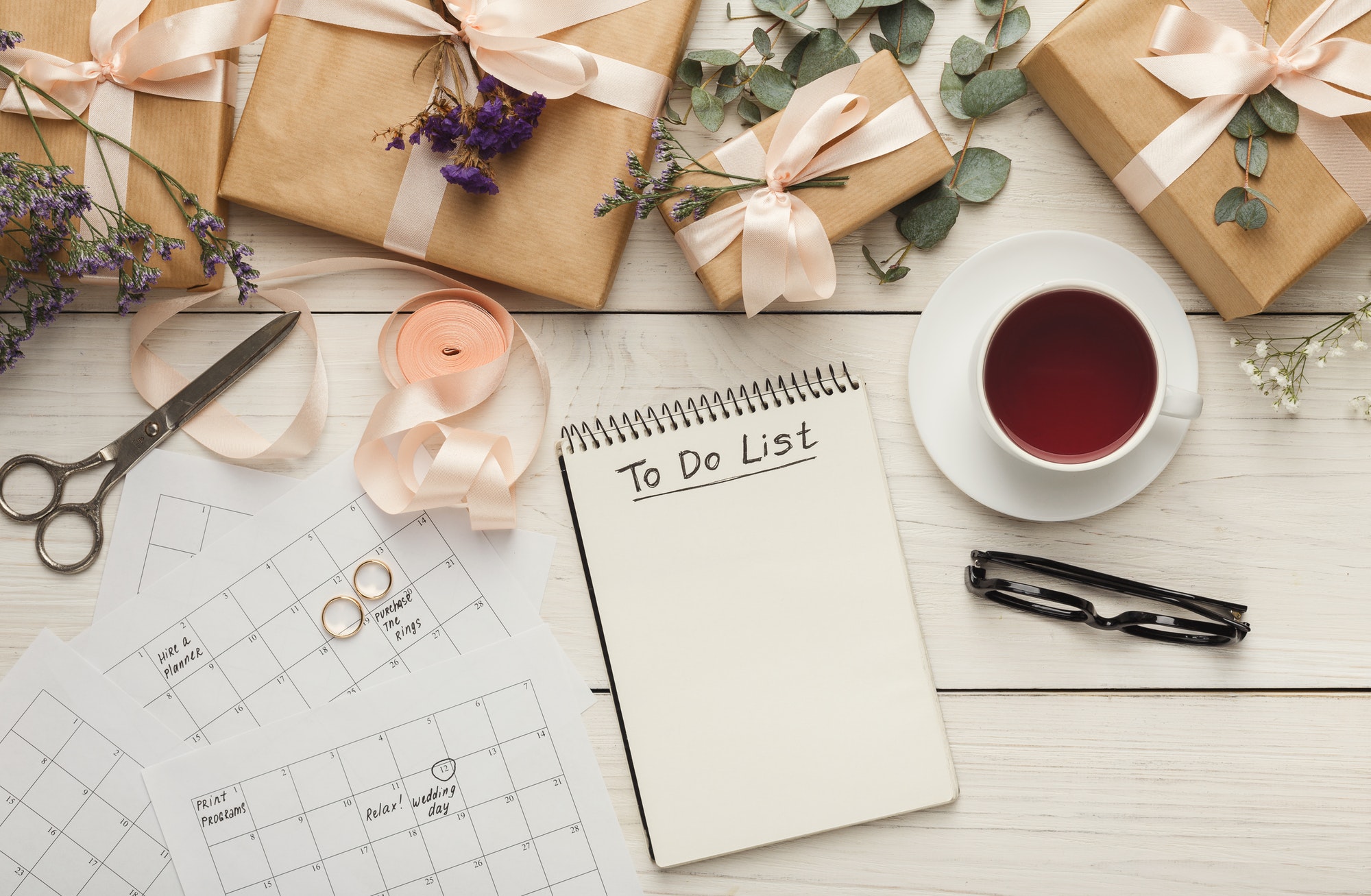As Hanukkah has just been celebrated I thought it is no better time than now to write on Jewish weddings and their old traditions incorporated into modern weddings. Here are eight Jewish wedding traditions whether it will be a Jewish or interfaith wedding ceremony you are planning. So keep reading and hope you will use some of these wonderful traditions in your wedding.
1. Signing of the Ketubah
This is a Jewish legal form that confirms the religious bond of your marriage and history shows us that it was quite a progressive document for its time. It was a way to provide legal status and rights in the marriage. As it is used today it, of course, provides the legal commitment along with your friendship, love and communication which is necessary to make a good and lasting marriage.
2. Bedeken
The meaning of bedeken in Yiddish is”covering”. The tradition is that the groom places the bridal veil over the brides face. This custom goes back to the biblical account of Jacob’s first marriage. He was fooled when the woman he thought he was marrying wore a very heavy veil and itturned out to be Leah rather than Rachel. If this tradition is observed in a modern wedding it is used as a time for you and your groom to look into each other’s eyes letting you connect with each other and to think about the love that brought you to this time. This is a lovely chuppah for you to exchange your wedding vows.
3. The Chuppah Where You Take Your Vows
The chuppah has all four side open recalling the tent of Sarah and Abraham and represents the home you two will build together.
There are no legal requirements for the design and decorating of the chuppah so the two of you can design it to hopefully reflect your personalities and likes.
4. Hakafot
This is a tradition that symbolizes the beginning of a new circuit. The bride circles her groom seven times as she enters the chuppah.
In the modern wedding the two of you circle each other to symbolize a sacred space around each other.
5. The Wedding Rings
The Jewish wedding rings are smooth and simple. In a wedding ring ceremony your groom places the Jewish wedding ring on the right index finger rather than left ring finger. Jewish tradition states that this is the finger with the closest bloodline to your heart and most Jewish brides switch the wedding ring to the left ring finger after the ceremony ends. A lovely tradition states that a Jewish wedding band should be a simple and unbroken ring. The ring should be smooth to signify an untroubled and everlasting life ahead. The modern rings may include a little bling as ladies do love their diamonds.
6. Breaking the Glass
The best recognized Jewish wedding tradition the breaking of the glass. There are a number of explanations given for this custom that began about the 14th century. Breaking the glass to symbolize the old life is gone and a new life begins. To some it means the wedding day is a day of irrevocable change. While to others it is sign that the minute the glass is broken both of your seperate lives are ended and your married life begins. My favorite is that this is a reminder that your relationship is fragile and must always be treated with much care, and mutual respect and love.
7. Sheva Brachot
Sheva Brachot or the seven blessings are an important segment of the wedding ceremony. These are sometimes chanted and one of the most wonderful blessings I have read that someone said was “May you always be happier than you are right now.”
8. Yihud
This word comes from a Hebrew word which means “one” and in this case has come to represent the going from two persons and becoming one. The newlyweds retire to a room after the ceremony and are completely alone where youhave some private time to be with each other and enjoy your first few minutes as husband and wife. It is a special quiet time for bonding and privacy before you join guests for a celebration. I have always loved a Jewish wedding and reception for the wonderful traditional moments and the all out joy and fun at the celebration following.
